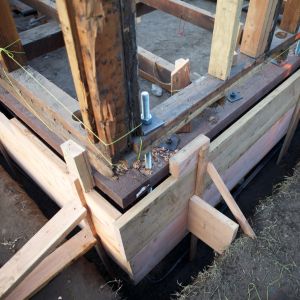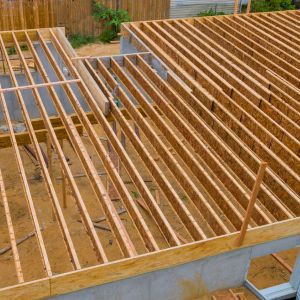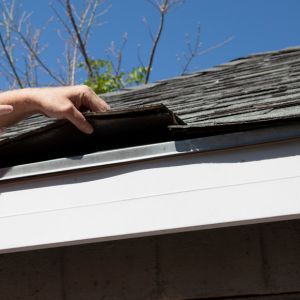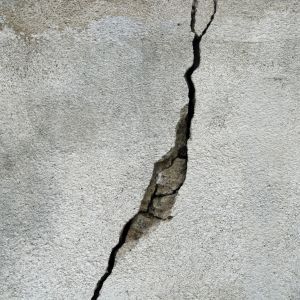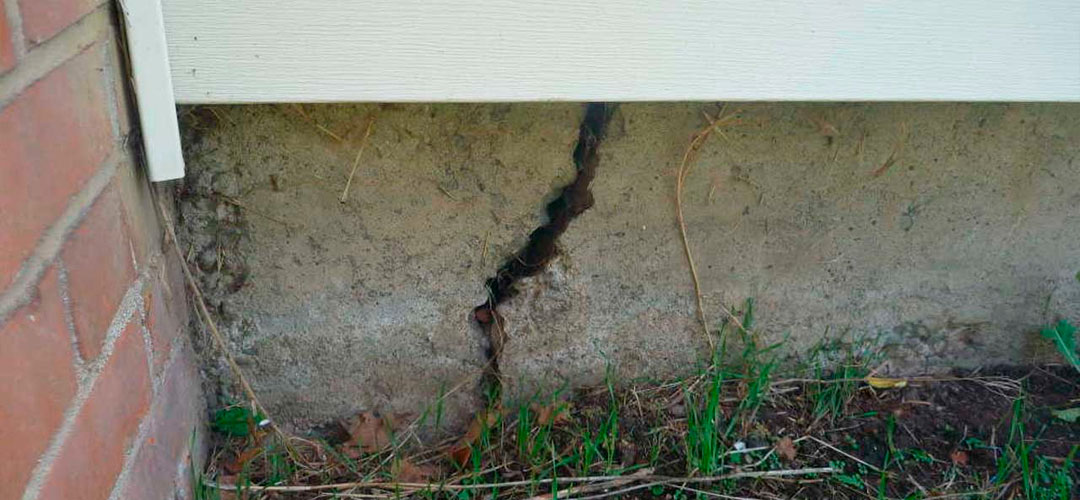Foundation problems can compromise the safety, value, and longevity of your home. Recognizing the signs early is crucial for avoiding extensive damage and costly repairs. A proactive approach to identifying foundation issues allows homeowners to address problems before they escalate, ensuring the stability of their property.
Cracks in Walls, Floors, and Ceilings
Cracks are among the most visible signs of foundation trouble. While not all cracks indicate severe issues, certain types warrant closer attention:
- Vertical Cracks:
- Often caused by natural settling, these cracks are typically narrow and less concerning but should still be monitored.
- Diagonal Cracks:
- Common near doors and windows, diagonal cracks can indicate uneven settling and require professional evaluation.
- Horizontal Cracks:
- These cracks are more serious and often result from soil pressure or hydrostatic forces. Immediate attention is necessary to prevent structural instability.
- Floor Cracks:
- Cracks in concrete floors may suggest shifting soil or uneven weight distribution beneath the foundation.
Uneven or Sloping Floors
If your floors feel uneven or have noticeable slopes, it could be a sign of foundation movement. Causes include:
- Soil erosion beneath the foundation.
- Improper weight distribution.
- Weak or deteriorating support beams.
Use a level to measure any noticeable slope and seek professional help if the unevenness is significant.
Sticking Doors and Windows
Difficulty opening or closing doors and windows often indicates foundation movement. Look for:
- Frames that appear warped or misaligned.
- Doors dragging along the floor or sticking at the top.
- Gaps between the frame and the wall.
These issues often arise when the foundation shifts, altering the alignment of walls and frames.
Gaps Between Walls, Ceilings, or Floors
Visible gaps in areas where walls meet ceilings or floors are another red flag. These gaps occur when the foundation settles unevenly, causing the structure to shift. Over time, this movement can lead to larger structural problems.
Water Pooling Around the Foundation
Poor drainage can cause water to collect near the foundation, leading to erosion and hydrostatic pressure. Signs include:
- Persistent puddles or wet soil near the base of your home.
- Water stains or mold growth in basements or crawl spaces.
- Erosion of soil around the foundation.
Addressing drainage issues promptly can help prevent further foundation damage.
Bowing or Leaning Walls
Foundation walls that bow inward or outward are often caused by hydrostatic pressure from water-saturated soil. Additional causes include:
- Expansive clay soils pushing against the walls.
- Poor construction practices.
Bowing walls weaken the structure’s integrity and require immediate professional attention.
Unexplained Cracks or Gaps in Exterior Features
Inspect exterior features such as chimneys, porches, and decks for signs of foundation issues. Common indicators include:
- Cracks where the chimney meets the house.
- Leaning or tilting chimneys.
- Gaps between the porch or deck and the main structure.
These issues suggest foundation movement and should not be ignored.
Moisture Problems in Basements or Crawl Spaces
Excess moisture in lower levels often signals foundation trouble. Look for:
- Damp walls or floors.
- Musty odors.
- Visible mold or mildew.
These problems can lead to wood rot, pest infestations, and health concerns, making prompt action essential.
Visible Signs of Soil Movement
Soil movement around your home can destabilize the foundation. Common signs include:
- Cracks in driveways, sidewalks, or patios near the home.
- Uneven landscaping or sinking ground.
- Soil pulling away from the foundation during dry periods.
These signs indicate that the soil supporting your foundation is shifting, increasing the risk of damage.
How to Perform a Foundation Inspection
Homeowners can use the following checklist to identify potential foundation issues:
- Walk the Perimeter:
- Check for cracks, gaps, or uneven areas around the exterior of the foundation.
- Inspect Interior Walls and Floors:
- Look for cracks, gaps, or signs of shifting in walls, ceilings, and floors.
- Examine Doors and Windows:
- Test each door and window to ensure they open and close smoothly. Note any misalignment.
- Check for Water Issues:
- Look for standing water, dampness, or water stains near the foundation or in basements.
- Monitor for Changes:
- Document any visible issues and check periodically for growth or progression.
Common Causes of Foundation Issues
Understanding what leads to foundation problems can help prevent them. Key causes include:
- Poor Drainage:
- Water pooling near the foundation weakens soil and increases hydrostatic pressure.
- Expansive Soils:
- Soils that swell when wet and shrink when dry can create stress on the foundation.
- Tree Roots:
- Roots from nearby trees can displace soil and damage the foundation.
- Natural Disasters:
- Earthquakes, floods, and extreme weather can cause sudden shifts in the foundation.
- Improper Construction:
- Substandard materials or techniques during construction can lead to long-term issues.
Preventive Measures to Protect Your Foundation
Taking proactive steps can reduce the risk of foundation damage:
- Install proper drainage systems, such as gutters and French drains.
- Regulate soil moisture levels to prevent extreme fluctuations.
- Keep vegetation at a safe distance from the foundation.
- Schedule regular professional inspections to identify and address potential problems.



